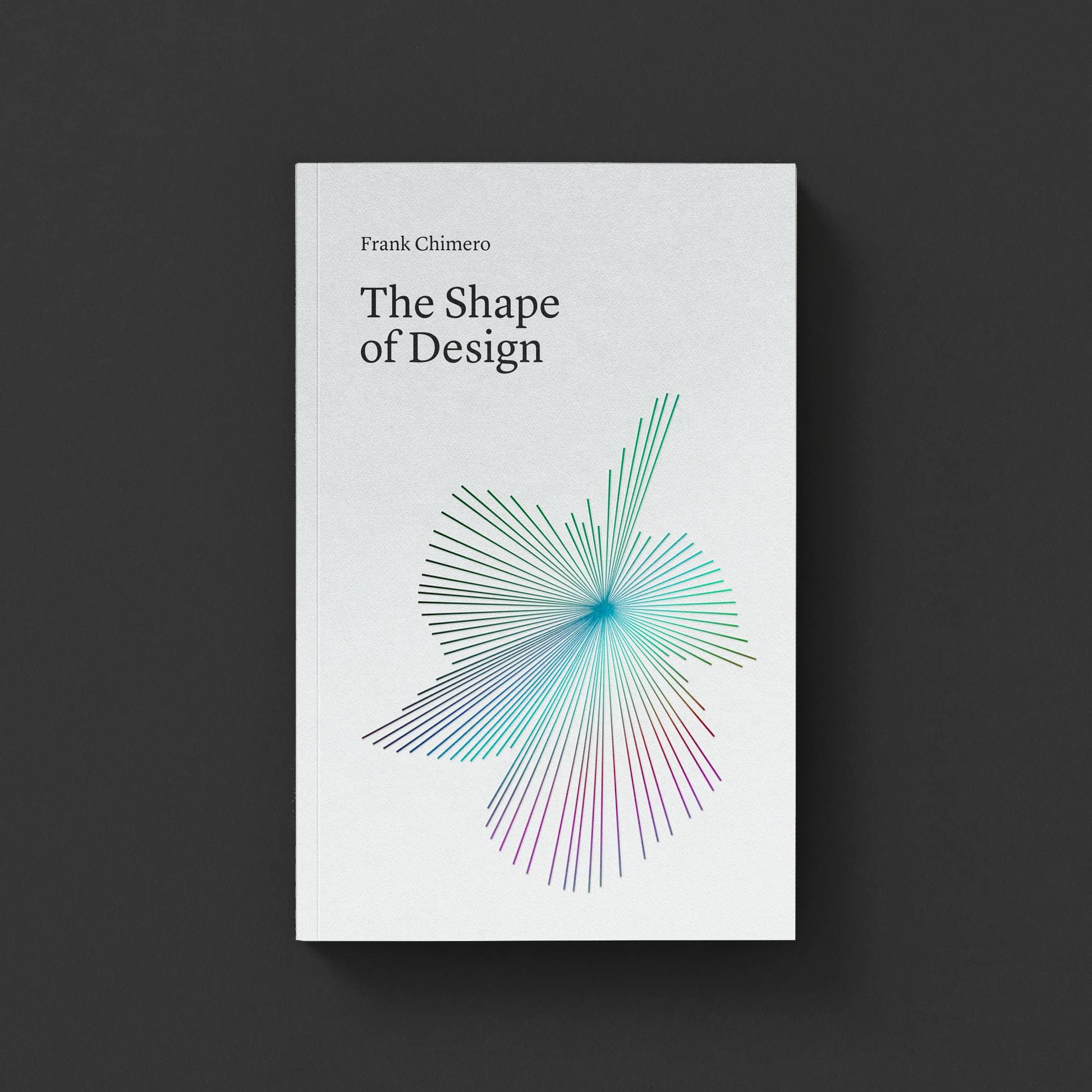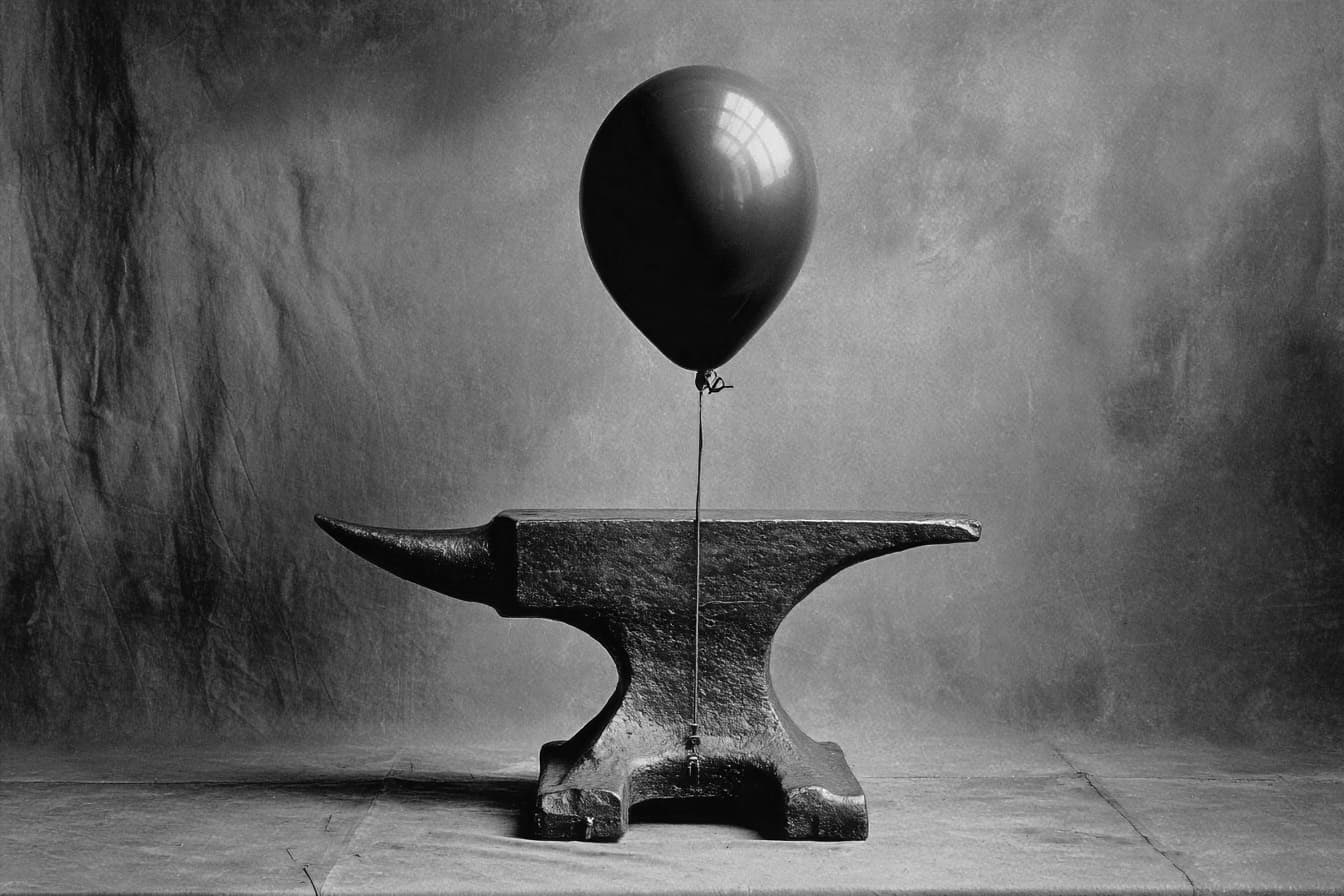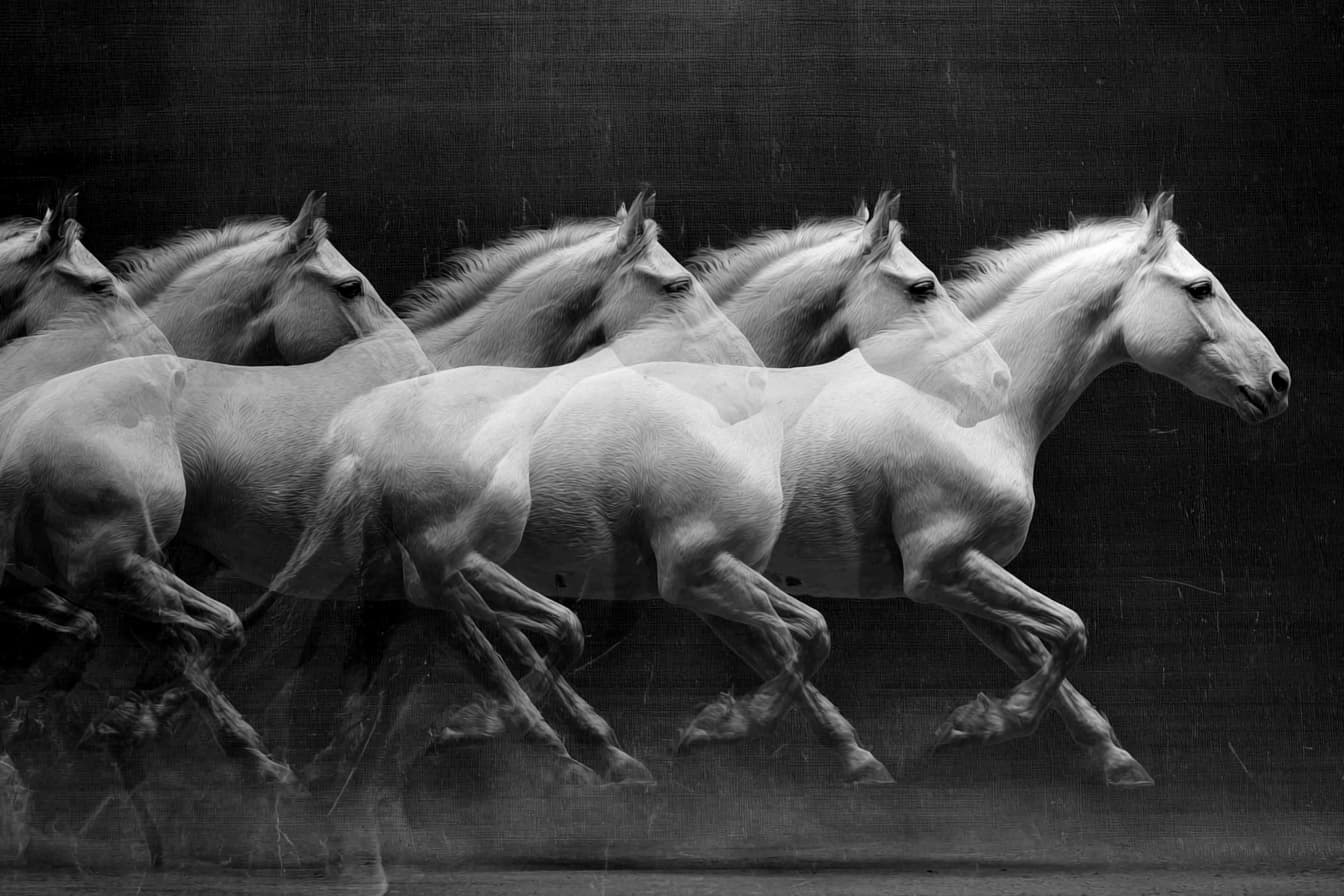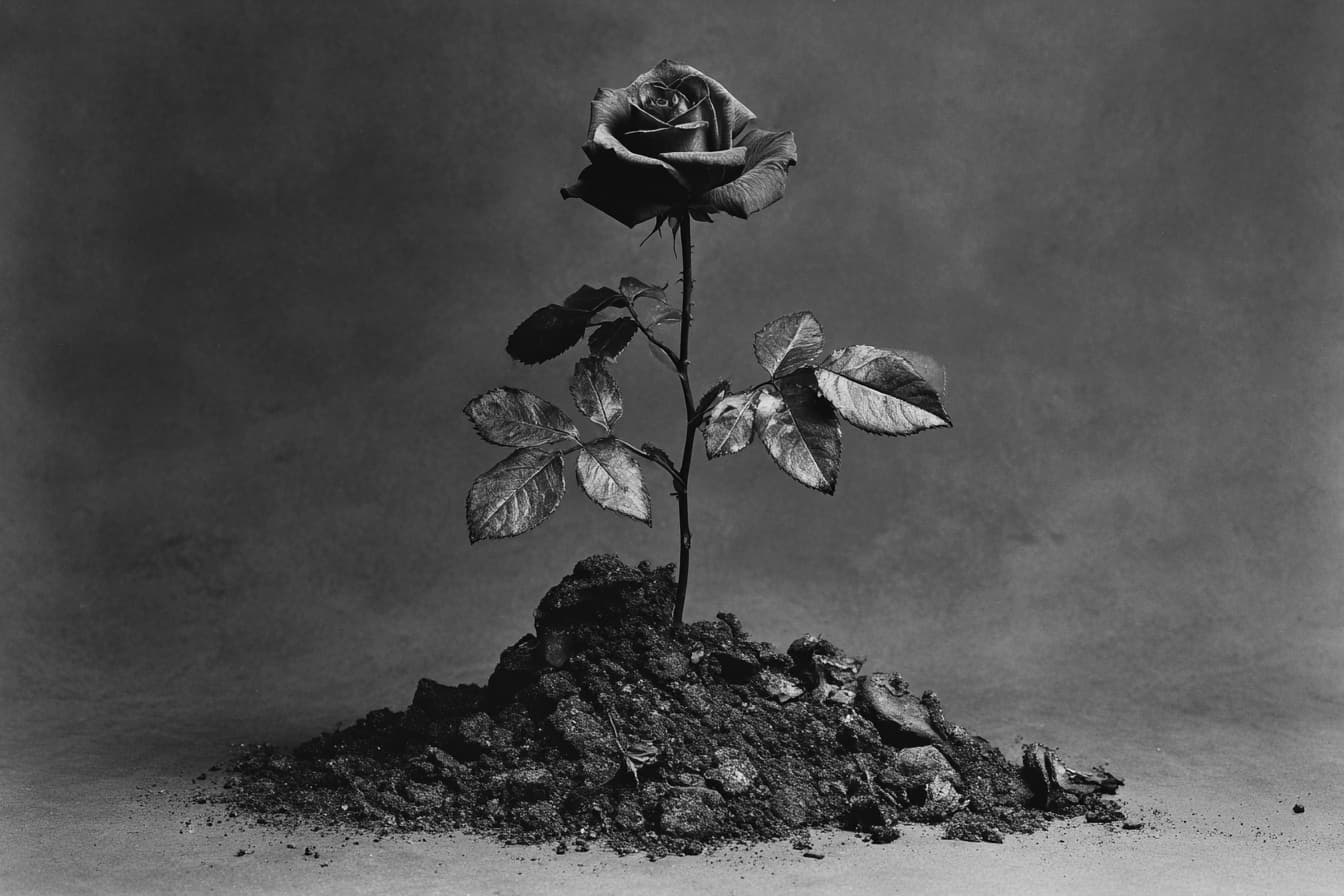The Wall
It feels as if everyone is working in public these days. Public working leads to public criticism, and developing and articulating the etiquette around providing feedback is now a necessity to develop thicker skins and more eloquent tongues.
I think I learned the most about critiquing in my drawing courses during my first year at university. Everyone drew for hours and hours, and then had to go through the experience of tacking their work up on the wall for the scrutiny of the professor and their peers. It was a studio drawing course, all of us positioned in a circle around an arranged still life, drawing mostly boxes and rocks, mannequins and paper bags. We drew around one another and then criticized with one another. The experience was communal, literally seeing representations of the same thing from different angles at various levels of craftsmanship. Everyone knew that we were all working on something, but uncertain of how the results would appear until they were laid bare on the wall for everyone to sing their praises or throw their darts.
At first, people tended to be either overly shy and passive or too aggressive and narcissistic. There were fights and shouting, a couple people stormed out of the room during breaks. It looked like a reality show, and I could imagine a few of the other student saying things like, “I’m not here to make friends.” There were bouts of silence when no one knew what to say when we came to a particularly poor piece, and one student even fainted while we were discussing one of his larger drawings in great detail. Eventually, over the course of the year, the feedback tempered, because we realized we would have to see one another the same time next week. Our skills critiquing improved over the course of the year: we were still providing the same criticism, but in a much more pleasing and specific way. In short: helpful.
The wall is an equalizer. It doesn’t matter how long you spent or how hard you tried. What’s on the wall is all there is. When we publish, we open a line of engagement where criticism is an option, so we must learn to not only receive the feedback of others, but learn to give it in a civil, articulate, and helpful way. Doubly so when we provide that feedback in public. We’re quick to forget it, but the world is a classroom: everyone’s here trying to get better. The criticism isn’t for the critic, it’s an offering made out of goodwill for the one who made the work and the work’s audience. If that goodwill isn’t present, it undermines the gift of insight, even if the specifics of the criticism are correct. Spending years in the classroom has taught me that criticism isn’t a spectator sport. I look at most of the despicable behavior of those first few drawing classes, and realize that secretly we thought we were putting on a performance when we shared our criticisms. (Or, at least I did.) I don’t think I said anything particularly helpful until I let go of that belief. I had made a primary error: believing that the critique was for the work and about its creator, rather than about the work and for its creator.
I guess what I’m saying is that critiquing is a new liberal art. More of us are put in legitimate place for feedback, whether that’s the clients that commission work like design, or the reviews posted by users about books and restaurants on the internet, or the blinking cursor in the text field that encourages us to express ourselves. We need drawing classes everywhere, and who cares if the students learn to draw—we need the wall. We need to have everyone feel the vulnerability that public criticism creates, and to get better at talking about the things that other people make. We need to learn how to create in public and critique socially. Both thicker skin and more eloquent, considerate, and helpful tongues are necessary when finding the tact to evaluate the work in a useful way.
The wall taught me we don’t need to be nice, but we do need to be kind, damn it.







